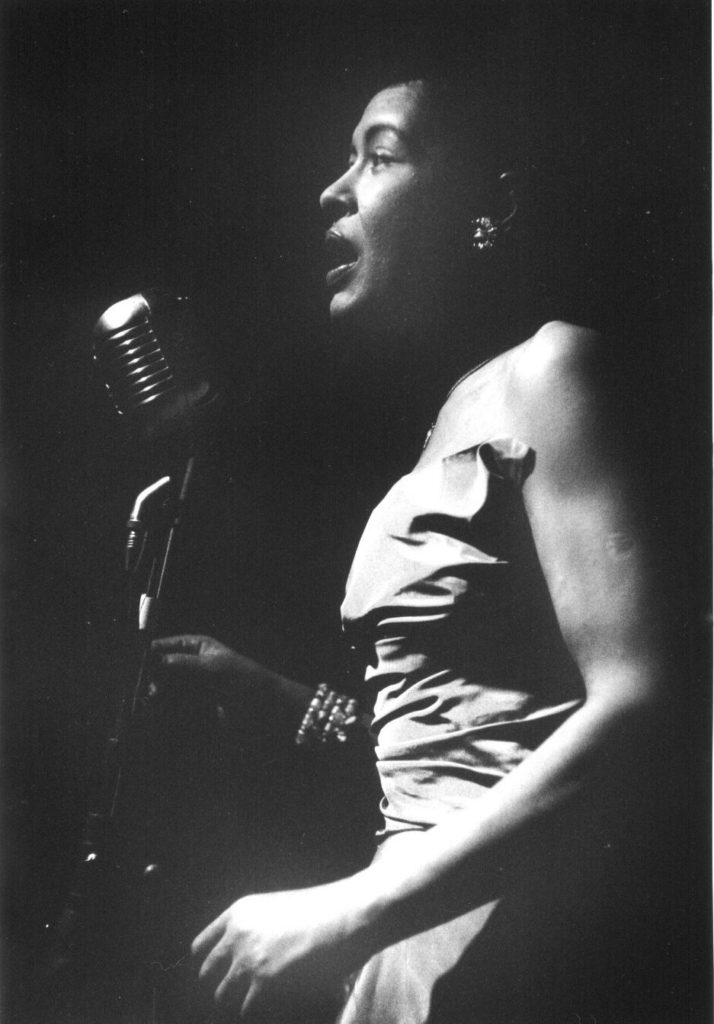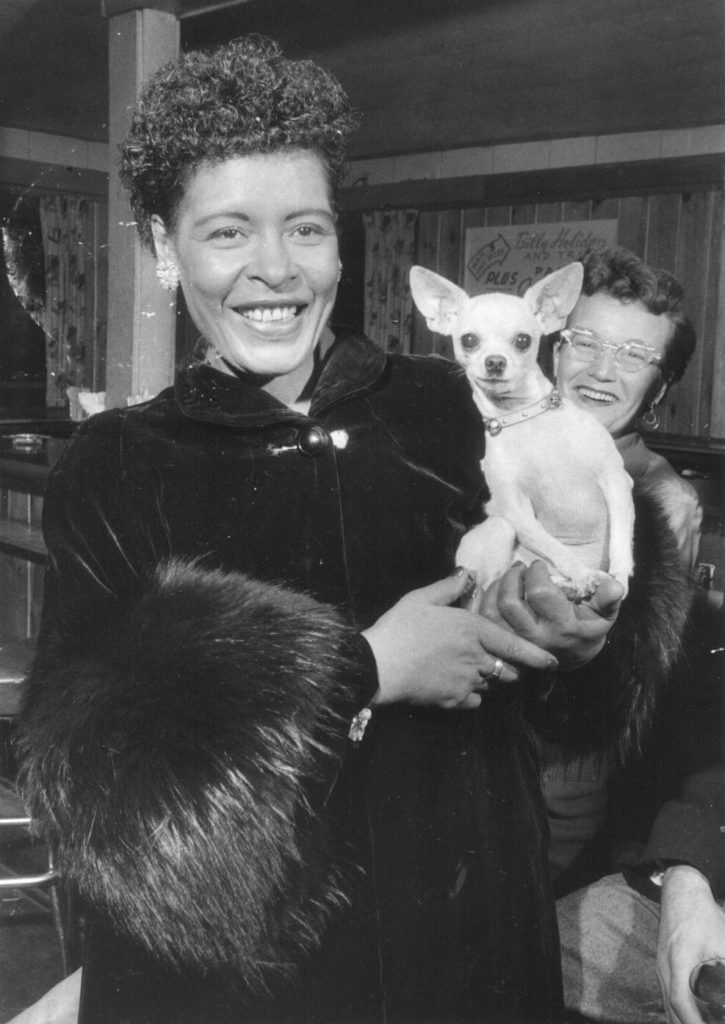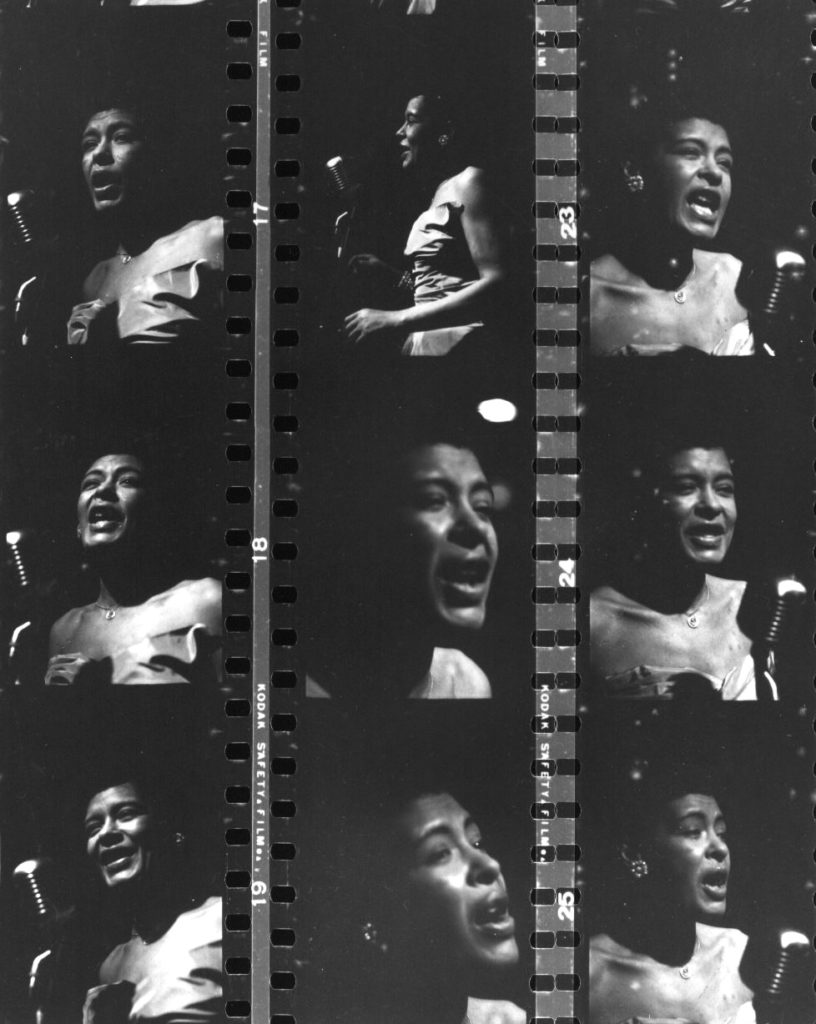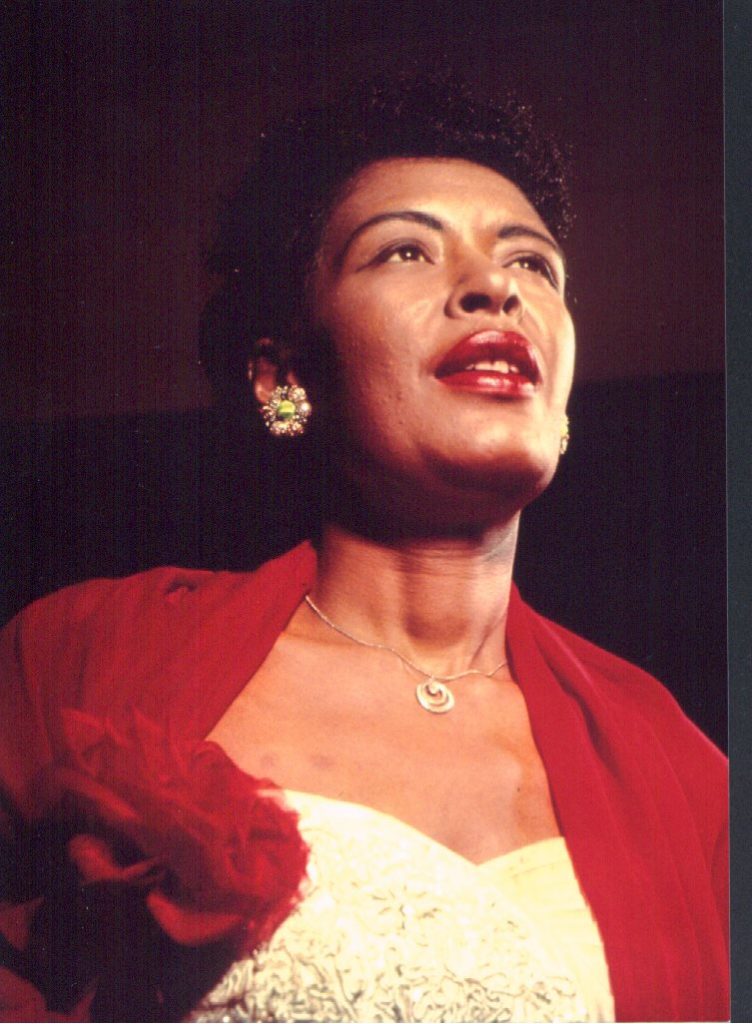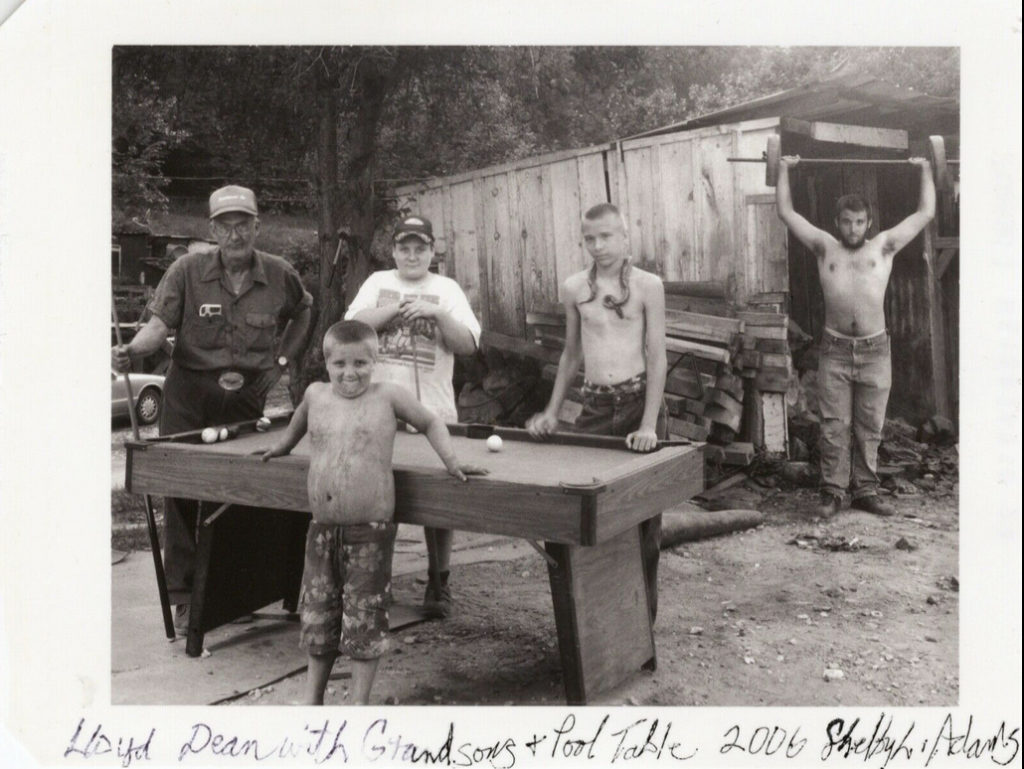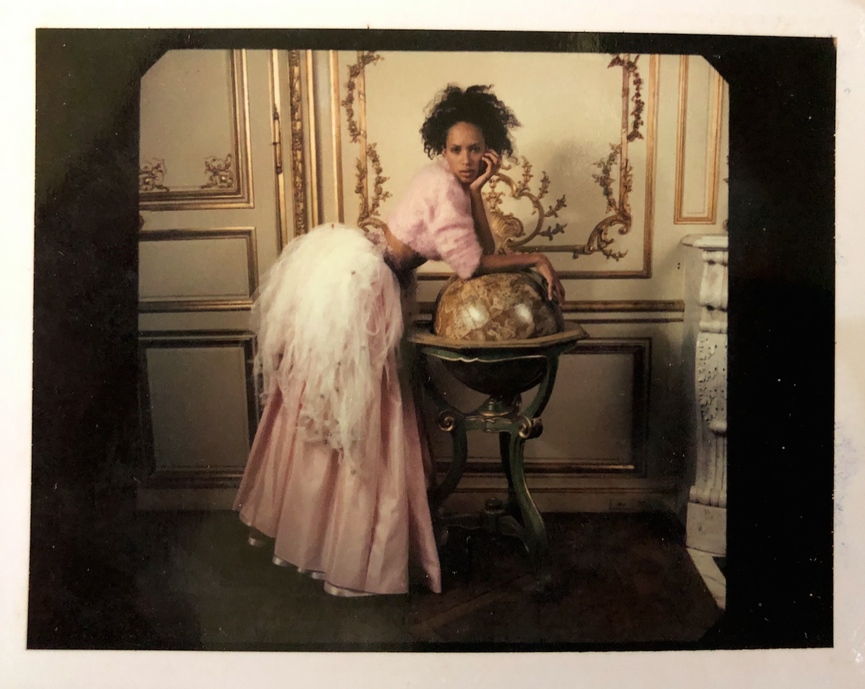Give the photographer credit where due.
When you see a photograph credited to a particular photographer, what do you expect? The person held the camera, pressed the shutter, set the F-stop and exposure time? Selected the lens perhaps? Created the set? Dressed the model? Was in the vicinity of the studio, or set?
It seems so feudal when two dozen assistants work diligently to set up the shot and the maestro shows up for a second, or two and presses the shutter (or not) and takes all the credit.
Granted, in every discipline of work and play there are leaders and followers; prima donnas and blinded fans; kings, queens and serfs. However, as a photographer, does this mean that once you have shown that somewhere in your past you could actually compose and crate a beautiful photograph that you can rest on those laurels for the rest of your life?
Case in point the photograph I saw online in a newsletter the other day, shown below. I am showing the credit, as it was given in the publication, however, it is very clear that Testino is neither holding a wire release, or pressing the shutter. Clearly, one of his 12 assistants makes this photograph (there are 11 in the photograph that I can see, so one behind the camera makes 12). There is no ‘Testino’ in this shot, as far as photographer goes, only a set full of people milling about and a famous photographer – Testino – standing on some kind of box, or piece of furniture holding a camera as though taking photos of the ceiling, and trying to look cool.

Is this where we are? Testino claims the work of one of his assistants and we are OK with that? Probably the poor photographer that actually made the photograph is an unpaid assistant, intern or….. Are we OK with this? Really?
Has the profession of photographer rolled into the present age completely un-checked? Values such as honesty, truth, credit-where-credit-is-due…. sharing the wealth, accolades and triumphs with employees? A slave by any other name is still a slave.
We all like new talent, because they do their own work, their own set-up, they press the shutter, make the decisions. Leibovitz’s original work for Rolling Stone comes to mind, not the spliced together images in Vanity Fair magazine, or the portrait of the Queen that wasn’t even there. We fawn over their skill and speak of their ‘raw’ talent, and then they become this soft in the middle, standing on a box, pretender. Past prime and living off the work of those that are unknown, uncredited and forgotten.
I have an idea; let’s roll credits for photographs, just like we do for film. We can see who did the screenplay, built the set, lit the place, and was the Key Grip (I still don’t know what that means, but it always rolls by in the credits), and perhaps the maestro can list him- or herself as the Executive Producer. The one that doesn’t do anything, but sits on set in a comfortable chair and secretly cannot believe his, or her own luck.
Who’s shooting anyway?
Harbel


